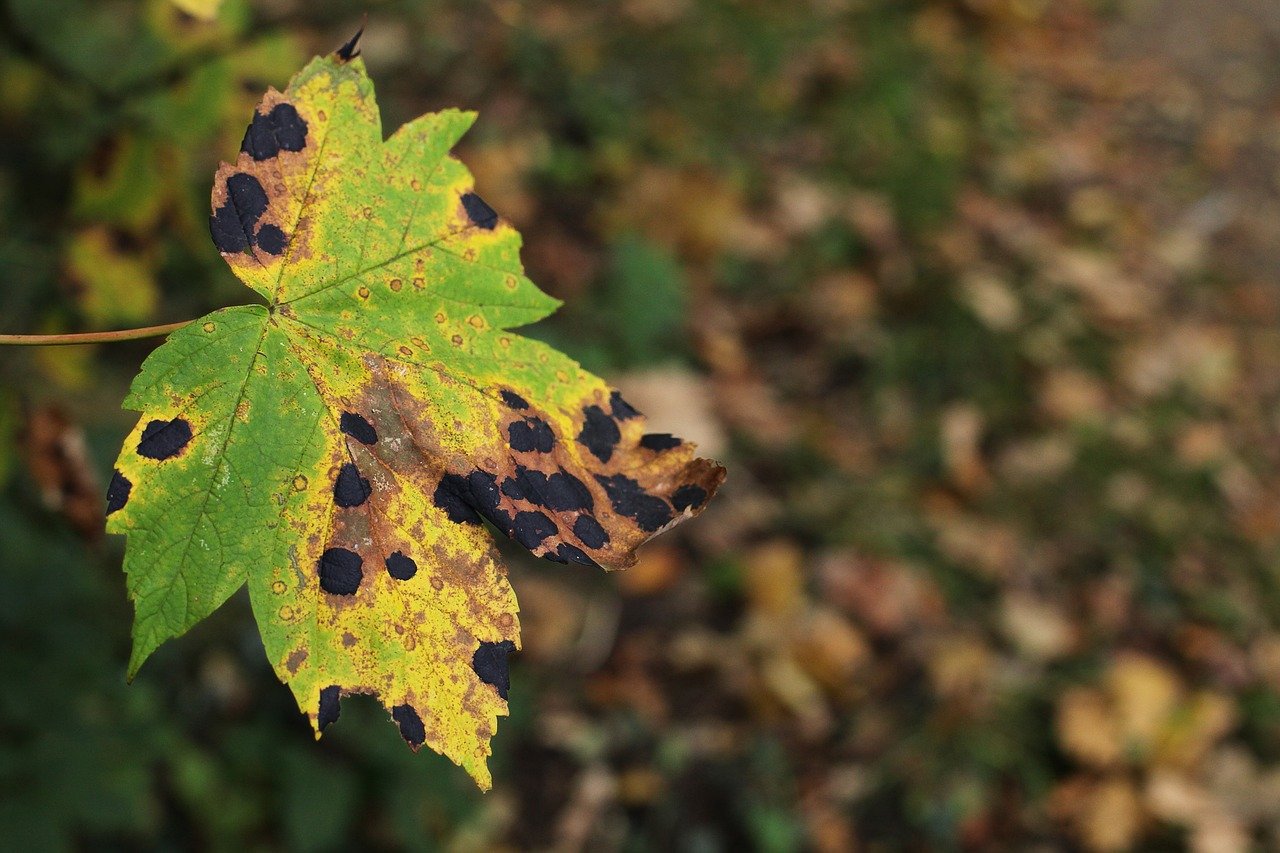Our Articles
Beech Leaf Disease
Description: An invasive disease that causes dark stripping, disfiguration, and a thick, leathery appearance. It is known to be caused by microscopic worms called nematodes that infest the tree.
Effects: The disease slowly kills the tree over time after the initial infection. Smaller trees infected usually live for three years after symptoms appear and mature trees can live 7 years after being infected.
Treatment: PolyPhosphite 30 is a chemical that is injected in the soil beneath the trees which has been proven to decrease symptoms.
Dutch Elm Disease
Description: A Fungi Ophiostoma ulmi and Ophiostoma Novo-ulmi that is transferred into elm trees by European bark beetles. The Dutch Elm Disease is often spread from tree to tree through root grafts.
Effects: This disease causes leaves to start wilting, turning brown or yellow, and fungus grows on the bark of the tree. Most elms usually die within two years of being infected.
Treatment: Precautions; remove saplings and undesirable Elms from within the root zone of an Elm Tree you want to preserve. If caught very early, infection can sometimes be pruned out and the tree can be protected with injections. Control; we inject fungicides to uninfected Elm Trees every two years.
Eastern spruce gall adelgid
Description: Caused by nymphs that live on the needles of the spruce. These nymphs eat their way to the bases of the needles causing the stem to form the gall.
Effects: The disease forms a gall on new shoots that weaken the stem. This in turn causes the stems to break in high winds or snow. The galls that form can take away from the aesthetic appeal and overall health of the tree.
Treatment: Spraying a chemical Orthene or Tempo at the correct time in the spring. There is also a 2% oil spray that can be used in the summer that has not shown as much success.
Scab
Descriptions: A fungus called Venturia Inaequalis affects an assortment of trees in the United States. The fungus is able to embed itself into fallen leaves and twigs through the winter and then use spores that to infect new growth.
Effects: A tree infected by scab will have small, dark spots that start to appear on the leaves of a tree. The fungus slowly starts weakening the tree and can can kill the tree.
Treatment: Pruning or thinning a tree can be a very effective way to reduce the spread of infection. The other option is to use a variety of fungicides curated to prevent the spread of the fungus.
Maple Bladder Gall Mites
Description: Small mites can infest maple trees feeding on the sap that the maple leaf produces and can be very detrimental to the tree. Trees can be seen to have the formation of galls or growth on maple leaves.
Effects: These mites can cause the formation of galls or growth on maple leaves. They seldom. cause permanent injury, but they do detract from the beauty of the leaves.
Treatment: A variety of insecticides are used for treatment. The amount and time that these insecticides are applied are crucial and strict instructions and standards have to be followed when using such insecticides.
Girdling Root
Description: When the roots of a tree start to suffocate themselves by wrapping around their trunk. This stops carbohydrates from moving through the phloem to roots.
Effects: This prevents the tree’s transfer of carbohydrates to the roots that it produces in its leaves. Although it is not immediate the tree will slowly decline for up to ten years.
Treatment: Removing roots carefully, taking the right amount and proper distance from the trunk. It may be necessary to cut a small notch in the root to weaken it without disturbing the natural flow. If the girdling root has persisted for too long removal is the only viable option.






